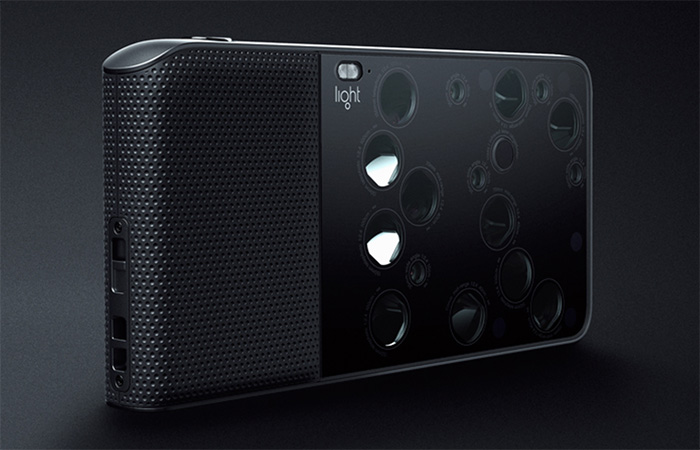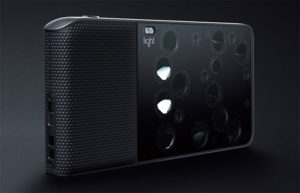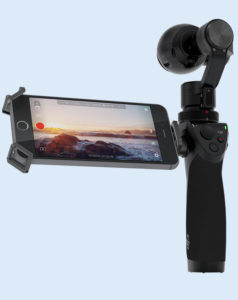[smart_track_player url=”http://www.podtrac.com/pts/redirect.mp3/pixelcorps.cachefly.net/twip/twip_434_aud.mp3″ color=”6a1915″ title=”Photography Evolved” artist=”TWiP 434″ ]
TWiP 434 – Photography Evolved
Last week was chock full of interesting camera announcements. Previously we continually saw incremental, albeit much needed, advancements to our favorite camera systems. Now we’re seeing completely different form factors and implementations. Companies are beginning to reimagine what a camera can do, and as such changing what kinds of photos, we as image makers, can create.
DJI surprised everyone last week with their gimbal stabilized, handheld, 4K, 12megapixel “Osmo”. And an entirely new company called “Light” has been generating huge buzz with a camera that sports “sixteen lenses” that all shoot the same image simultaneously, then using onboard computational wizardry, create a what looks to be a stunning 50+ megapixel image.
Just when you thought things were stabilizing in the mirrorless and DSLR spaces… things get shaken up, again!
Joining me this week to examine these new announcements are Sara France from SaraFrance.com, and Syl Area from PixSylated.com.
Links Mentioned in This Episode
- Meet DJI’s Osmo, a Robotic Camera
- Is the new Light L16 the future of photography?
- Check out the Light L16 on the official website
- Swiss TV Station Replaces Cameras with iPhones and Selfie Sticks
- Vietnam: North to South
- Syl's NYC Speedliting Events B&H Event Space / Photo Plus Expo
Picks of the Week
- Sara: MagMod
- Syl: Canon 430 EX III-RT Speedlite
TWiP 434 is brought to you by:
Backblaze
This episode of TWiP is brought to you by Backblaze – unlimited, secure & easy online backup. Start your free 2 week trial at backblaze.com/twip – and start protecting your photos today.
Freshbooks
Freshbooks – the simple cloud accounting solution that’s helping thousands of new entrepreneurs and small business owners save time billing, and get paid faster. Sign up for free today at FreshBooks.com and join over 5 million users running their business with ease.
Eye-Fi
Eye-fi's award winning photo apps and services automatically organize your photos and let you create beautifully rich photo collections combining images from all your devices – all without ever having to wait until you get home. Just click the shutter – any shutter and all your photos are all together, brilliantly displayed and accessible on any device instantly. Point – Shoot – Eye-Fi. Try it for free at EyeFi.com
Lynda
TWiP is also brought to you by Lynda.com Learn what you want, when you want, with access to thousands of high quality and easy to follow video tutorials, including many about photography. Do something good for yourself in 2015 and sign up for a FREE 10 day trial by visiting lynda.com/twip.
Connect with Our Hosts & Guests
- Syl Arena: Website, Twitter, Google+
- Sara France: Website, Twitter, Google+
- Frederick Van Johnson: Website, Twitter, Google+, Instagram
Credits
- Pre-production by: Bruce Clarke
- Post production by: Suzanne Llewellyn & Vince Bauer
- Bandwidth provided by: Cachefly
- Intro Music by: Scott Cannizzaro



